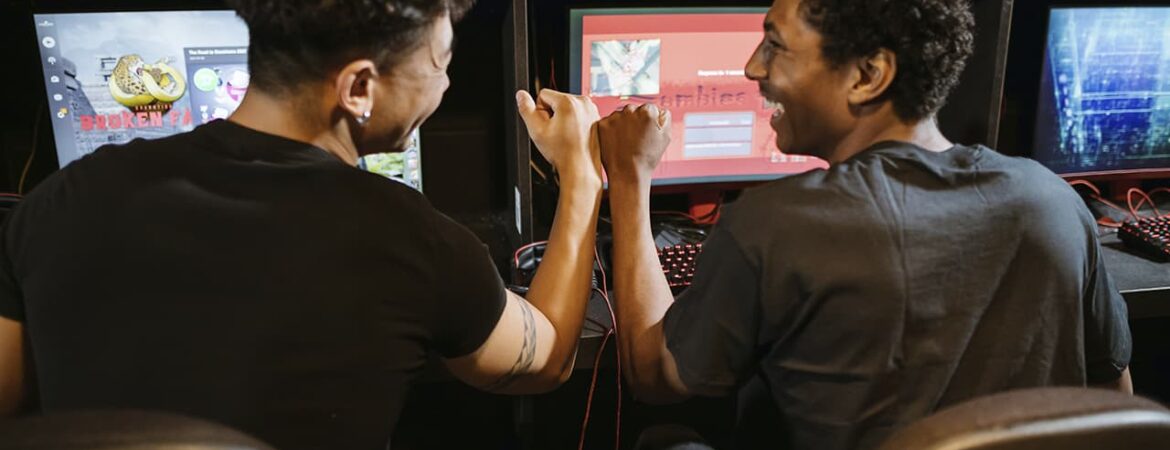In the gaming industry, there are additional features that need to be taken into account when migrating to Web 3.0. Things to consider include the low level of trust in blockchain, the creation of new gaming experiences, integration with existing gaming ecosystems and platforms, and the regulatory environment.
Low level of trust in Web 3.0. This is one of the central problems faced by companies in the gaming industry when users move from Web 2.0 to Web 3.0. Unfortunately, many users do not have a sufficient level of confidence in blockchain as a technology.
One of the reasons for the low level of trust is its complexity. Many users may not have a sufficient level of technical knowledge about blockchain and its applications, which can lead to errors in use or even to the inability to try such a product at all.
Another reason for the low level of trust is unmet expectations. Quite a few gamers have tried blockchain games, but have encountered developers who created their game not as a product for entertainment, but as a pyramid scheme or money manager, which led to a loss of finances on the part of gamers and a negative experience with crypto games.
Another reason may be a rather high financial threshold for entering crypto gaming. Quite often, to start playing a game, gamers need to invest their money in it. However, given the low level of integrity of both developers and individual gamers, many simply lost their investments and were forced to either pay more or leave the game for good.
Creating a new gaming experience. The introduction of new gaming experiences is crucial for attracting players to Web 3.0. First of all, it means developing new game mechanics and approaches that would meet user preferences and ensure competitiveness compared to games of the Web 2.0 era. Usually, such games have elements that allow players to collect, trade, and exchange unique game assets, which further increases the interest and interaction with users.
Secondly, it is necessary to take into account the technical peculiarities of developing such games since they use blockchain. Finally, an important aspect is transparency about the future of such a game. It is worth working with the community to show that this product is not created for one year but will be developed in the future.
Integration with gaming ecosystems and platforms. Gamers are used to centralized gaming platforms where they can access a large number of games and services in one place. In Web 3.0, games can be distributed on different blockchain platforms, which can be a challenge for classic gamers. Therefore, developers will have to work on integration with different blockchains, as well as cross-platform protocols that allow the exchange of data and assets between different platforms.
Study of the regulatory environment. For the successful transition of gamers to Web 3.0, it is necessary to study and resolve legal issues. Most countries do not have clear legislation on cryptocurrencies and blockchain technologies, which can lead to various problems and risks.
For example, the failure to recognize cryptocurrencies as legal tender may lead to taxation and regulatory issues. In addition, the absence of specialized legislation may lead to problems with the legalization and distribution of new Web 3.0-based games.
In many countries, games using cryptocurrencies can be considered as gambling projects, and their legislative regulation in some countries, such as the United States, can be quite complicated. This can significantly limit the development of web3 gaming in such countries.
Currently, there is no single and correct approach to solving this problem. It is important to carefully study the legislation of the countries where the future Web 3.0 game is planned to be launched and avoid solutions that will entail obtaining additional permits and licenses, which, as a result, may delay the process of launching the game itself.
